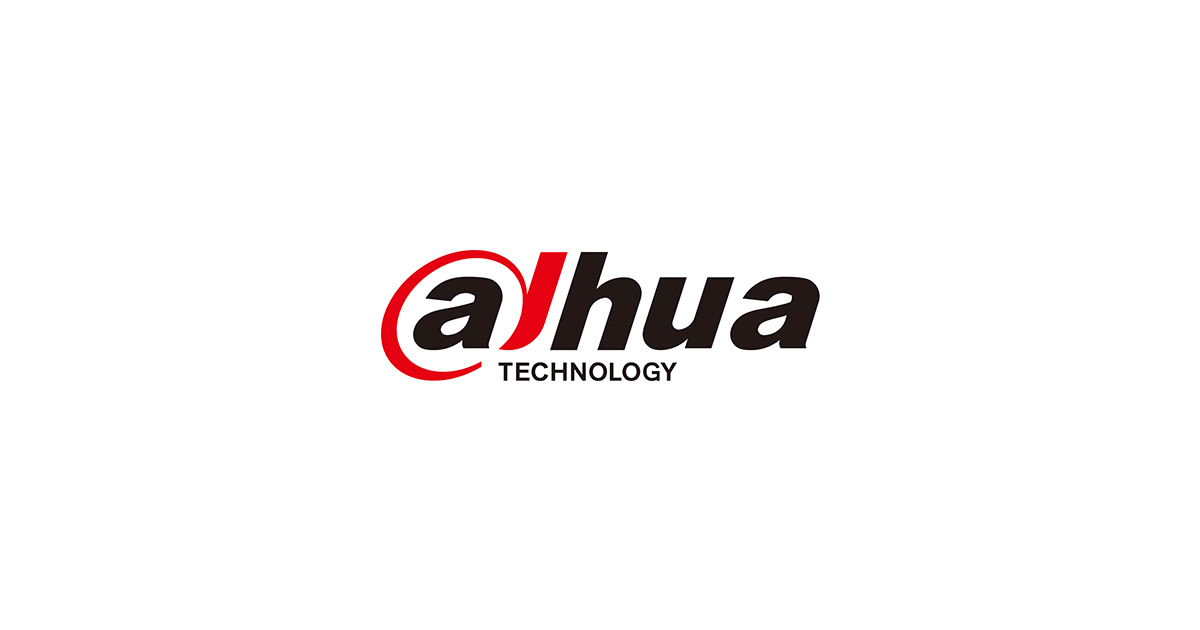I a hobbyist in photography and in the camera world, zoom lenses (which I am thinking equate to "vari-focal" lenses) generally have a smaller aperture than prime lenses ("fixed-lens" lenses).
Thus prime lenses capture more light and are better in low light. Often prime lenses are cheaper too because they don't have a complicated zoom mechanism. As an example, the common 50mm f/1.8 lens often quite cheap. And compared to the MUCH more expensive 24-70 f/2.8 zoom lens, the cheap and cheerful 50mm f/1.8 captures more than twice the amount of light (f/1.8 is more than 1"stop" of light "faster" than f/2.8; 1 stop of light being twice as much light)
Is this the same in the security camera world?
For example, a camera that is well thought of around here is the vari-focal:
EmpireTech 4MP 2.7mm-12mm Lens Turret Camera IPC-T5442T-ZE White, currently $189 USD.
But there is a similar fixed lens camera:
Loryta 4MP Turret AI IP Camera Fixed Lens IPC-T5442TM-AS 2.8mm, currently $159 USD. This one being the 2.8mm "fixed lens" model, there are others also available in 3.6 and 6mm.
As expected the fixed lens Loryta is cheaper than the vari-focal Empiretech.
However, there isn't a mention of the aperture (the f/1.8, f/2.8 etc. that I talked about earlier when it comes to camera lenses).
What is the aperture of a fixed-lens camera like the Loryta? And if it is significantly larger, will cameras like the Loryta be better in low light?
Thus prime lenses capture more light and are better in low light. Often prime lenses are cheaper too because they don't have a complicated zoom mechanism. As an example, the common 50mm f/1.8 lens often quite cheap. And compared to the MUCH more expensive 24-70 f/2.8 zoom lens, the cheap and cheerful 50mm f/1.8 captures more than twice the amount of light (f/1.8 is more than 1"stop" of light "faster" than f/2.8; 1 stop of light being twice as much light)
Is this the same in the security camera world?
For example, a camera that is well thought of around here is the vari-focal:
EmpireTech 4MP 2.7mm-12mm Lens Turret Camera IPC-T5442T-ZE White, currently $189 USD.
But there is a similar fixed lens camera:
Loryta 4MP Turret AI IP Camera Fixed Lens IPC-T5442TM-AS 2.8mm, currently $159 USD. This one being the 2.8mm "fixed lens" model, there are others also available in 3.6 and 6mm.
As expected the fixed lens Loryta is cheaper than the vari-focal Empiretech.
However, there isn't a mention of the aperture (the f/1.8, f/2.8 etc. that I talked about earlier when it comes to camera lenses).
What is the aperture of a fixed-lens camera like the Loryta? And if it is significantly larger, will cameras like the Loryta be better in low light?

